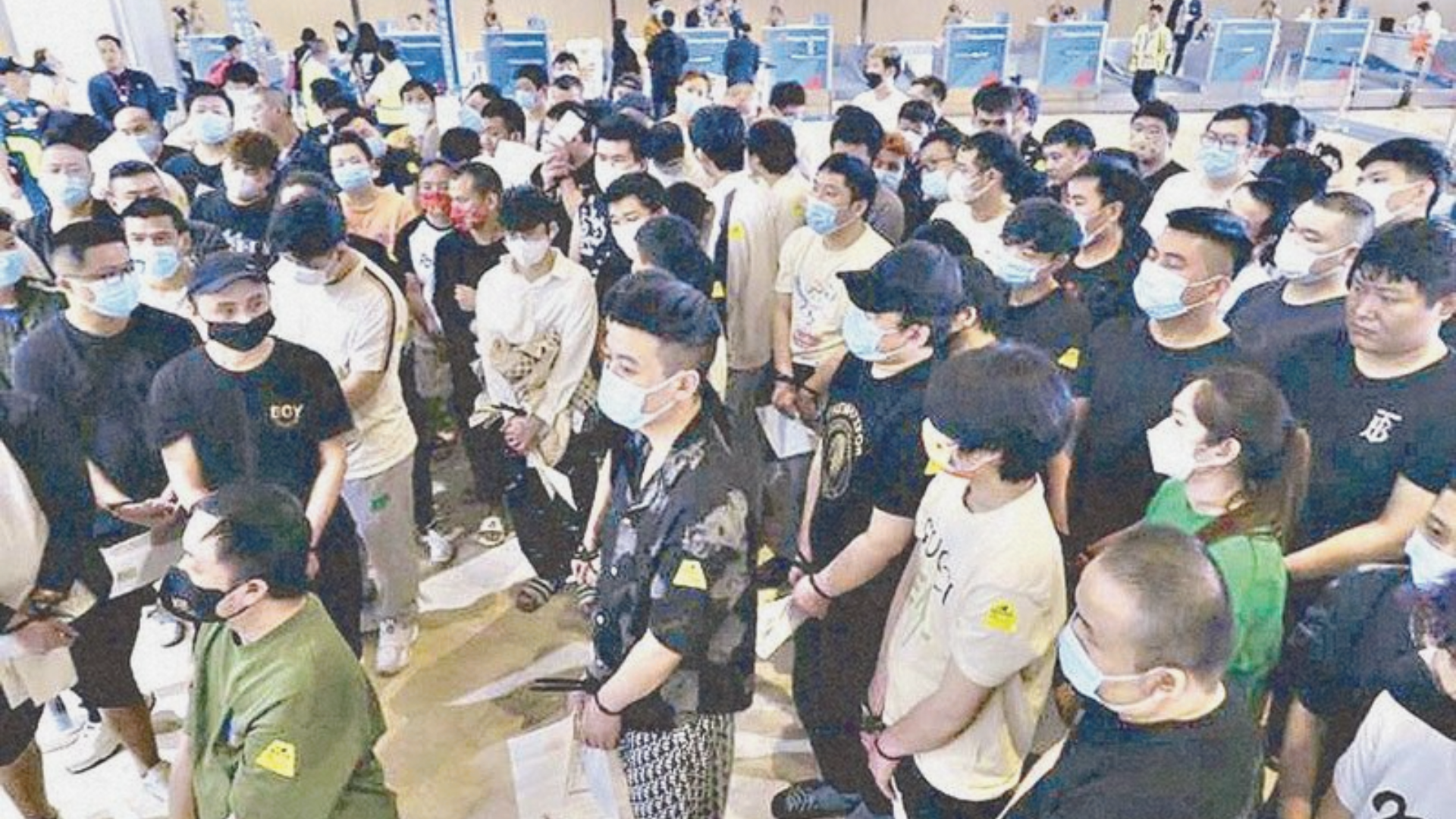The Philippines is at a critical juncture regarding road safety. Despite a slew of regulations and safety campaigns, road accidents and fatalities continue to rise alarmingly. Recent incidents have highlighted the inefficacy of current road safety measures and the urgent need for comprehensive reform.
Tragic Recent Incidents Highlight the Issue
Recent incidents on Philippine roads have again brought into sharp focus the dangers commuters and motorists face. In Pamplona, Camarines Sur, a devastating collision between a private van and a 41-year-old rider resulted in severe injuries. The rider tragically suffered fatal injuries, underscoring the profound consequences of road accidents. Our hearts go out to the victim’s family during this difficult time.
Meanwhile, in Manila, an alarming incident on Nagtahan Bridge involved a foreign national on an e-bicycle colliding with a truck, highlighting the unexpected dangers that can arise on busy city thoroughfares. The prompt response of medical teams in providing aid underscores the critical importance of immediate assistance in such emergencies.
Further north in Metro Manila, chaos ensued on the EDSA-Guadalupe Bridge when a provincial bus crashed into concrete barriers due to driver fatigue. While fortunate that no passengers were harmed, the incident caused extensive traffic disruptions and served as a stark reminder of the need for vigilance and safety on our roads.
Though these incidents occur in different parts of the country, they emphasize the ongoing risks of driver error, fatigue, and infrastructure challenges. As authorities diligently investigate each case, we urge all road users to prioritize safety, exercise caution, and adhere to traffic regulations. Together, we can prevent further tragedies and ensure safer journeys for all.
The Inadequacy of Enforcement
One of the most glaring issues is the inconsistent enforcement of existing traffic laws. Despite strict regulations, enforcement often needs to be more consistent and effective. Hampered by inadequate resources, traffic enforcers cannot uniformly apply the law, leading to selective enforcement undermining the law’s rule. This inconsistency diminishes the deterrent effect of penalties and emboldens violators, fostering a culture of impunity.
Compounding this problem is the pervasive corruption within traffic enforcement agencies. Reports of bribery and “under-the-table” deals are rampant, further eroding public trust in the system. These corrupt practices not only weaken the enforcement of road safety laws but also divert attention from the critical task of saving lives.
Infrastructure: A Glaring Deficit
The state of the nation’s road infrastructure is another significant concern. Many roads across the country are deplorable, plagued by potholes, inadequate signage, poor lighting, and unsafe pedestrian crossings. The rapid pace of urbanization has outstripped the capacity of existing infrastructure, leading to congested roads that need to be equipped to handle the growing number of vehicles.
Moreover, the lack of comprehensive urban planning has resulted in infrastructure prioritizing motor vehicles at the expense of non-motorized road users. Pedestrians, cyclists, and motorcyclists are particularly vulnerable due to the absence of dedicated lanes and safe pathways. This oversight not only endangers lives but also exacerbates traffic congestion and pollution.
The Need for Education and Awareness
Public awareness and education are critical components of any road safety strategy. While there have been efforts to promote safe driving practices, these initiatives could have been more varied and insufficient. There is a pressing need for sustained and comprehensive education campaigns that can instill a culture of safety and responsibility among all road users.
Furthermore, the current driver education and licensing system needs to be improved. Driving schools and licensing authorities must ensure that new drivers are thoroughly trained and tested to handle real-world driving conditions. Shortcuts in the licensing process only serve to put more unprepared drivers on the road, increasing the risk of accidents.
Embracing Technological Solutions
Technology offers a promising avenue for enhancing road safety. Innovations such as advanced traffic management systems, surveillance cameras, and automated traffic enforcement can significantly improve the monitoring and regulation of road use. These technologies can reduce human error and bias in traffic enforcement, ensuring a more consistent and fair application of laws.
Additionally, using data analytics can help identify high-risk areas and behaviors, allowing for targeted interventions that can prevent accidents before they occur. Embracing these technological solutions requires investment and political will, but the potential benefits of lives saved and injuries prevented are immense.
The current road safety initiatives in the Philippines are insufficient to address the persistent rise in road accidents and fatalities. A comprehensive and multi-faceted approach is urgently needed. This includes rigorous enforcement of traffic laws, eradication of corruption, significant improvements in infrastructure, sustained public education campaigns, and the adoption of technological solutions.
The government, private sector, and the public must work together in a concerted effort to tackle this crisis. The lives of millions of Filipinos depend on it. Only through a collaborative and sustained approach can the Philippines hope to achieve safer roads and significantly reduce road accidents and fatalities. The time for action is now before more lives are needlessly lost.






